Multidimensional Poverty
Nobel Prize Winners for Economics in 2019, Abhijeet Banerjee and Esther Duflo’s innovative, data-driven, approach to tackling the causes of poverty has been a huge inspiration for Calcutta Rescue.
This had led to analysing the specific health needs of individual communities to decide how to deploy the charity’s two mobile health teams most effectively, and in 2019, carrying out a major survey of poverty in 23 slums where it works.
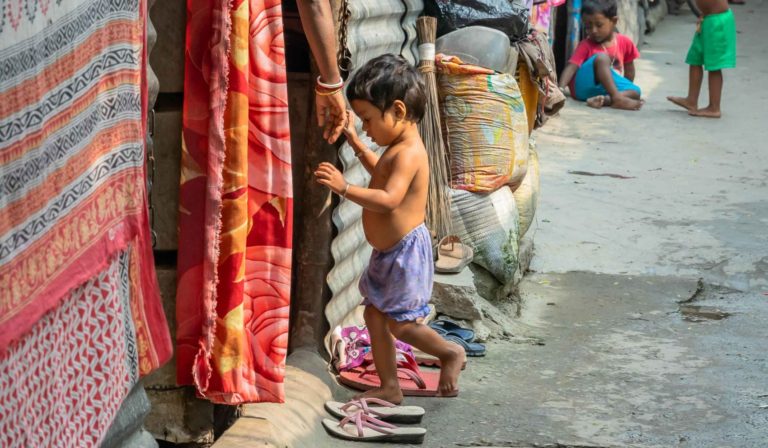
The survey – which took six months and involved almost 1,000 interviews – is allowing CR to understand the issues driving poverty in each community and make decisions that are rooted in hard data, not just instinct and experience.
Calcutta Rescue’s Multidimensional Poverty Survey
We are pleased to present the results of CR’s first large-scale study of the poverty experienced by Calcutta Rescue’s service users. It is the largest and most detailed research of its kind conducted in Kolkata in the last two decades.
The primary aim of the study was to generate information that would enable CR to rank different slum areas relative to each other in terms of overall, multidimensional impoverishment, and levels of deprivation in specific indicators. This ranking is already helping CR’s management to prioritize resources, and target interventions according to need. The study’s secondary objective was to provide CR with a template methodology that can be repeated and used to capture improvement over time, or after specific interventions.
The survey was developed by Eleo Tibbs and Maurice Lange, two researchers from the UK. They adapted the UN’s Multidimensional Poverty Index for use in the local context and for CR’s purposes and worked with guidance from Suman Seth and Indranil Dutta of The University of Leeds and The University of Manchester, respectively.
They recruited a group of 16 volunteer data collectors, trained them, and interviewed a 664 of households across 16 different slums in the city. Maurice left Kolkata in September 2019, but has continued to work on analysis, and guide further research from the UK. Jasmijn Loos and Ezra Spinner, from the Netherlands, followed the same methodology to survey a further 203 households across seven slum areas in November and December 2019.
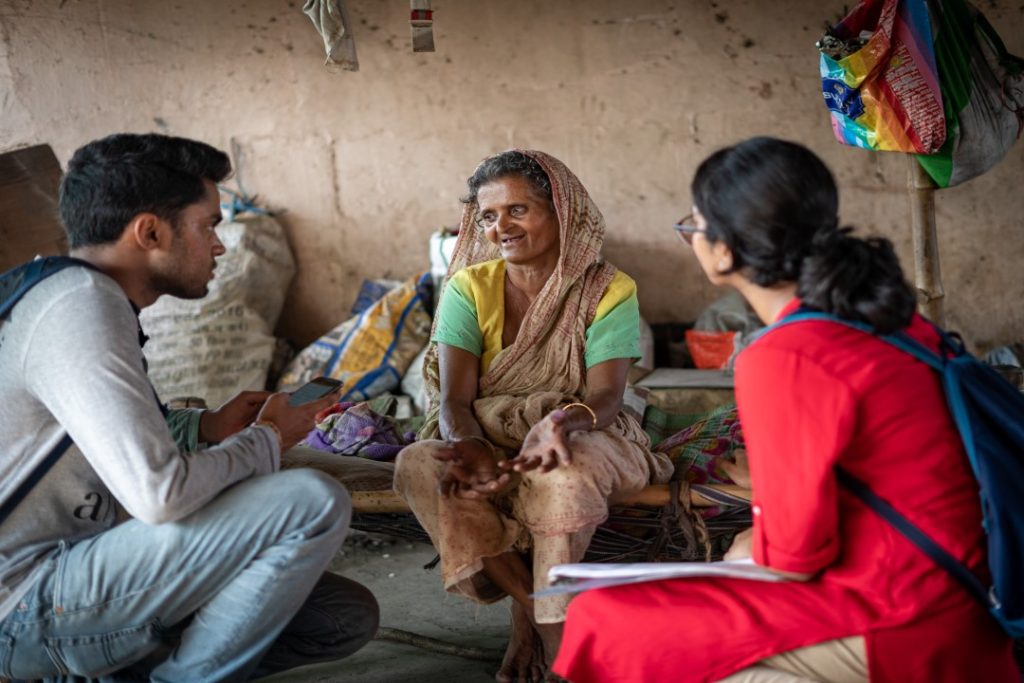
Maurice, Jasmijn and Ezra produced a detailed internal report that has provided CR with a information about the factors that contribute most to poverty in each of the 23 slum areas. The key findings have now been published in the February edition of the Journal of Poverty and Social Justice.
CR has already begun work on projects to improve knowledge of contraception and prevalent diseases. The Multidimensional Poverty Index has also informed changes to the regularity of visits to some of the less poor areas, allowing greater focus on the poorest. We have also used the data to ramp up admissions into their pre-school program from the community that lives on the streets near Lal Mandir. Next year we plan to build toilets in Bagbazaar.
CR has also presented the findings to the Department of Urban Housing for West Bengal. Where we can’t act to improve conditions ourselves, we hope this partnership, and those built with other NGOs, will help transform this project from information into action.
Some Key Findings
Overall Poverty Levels, Health, Education And Standard Of Living
We are pleased to present the results of CR’s first large-scale study of the poverty experienced by Calcutta Rescue’s service users. It is the largest and most detailed research of its kind conducted in Kolkata in the last two decades.
The primary aim of the study was to generate information that would enable CR to rank different slum areas relative to each other in terms of overall, multidimensional impoverishment, and levels of deprivation in specific indicators. This ranking is already helping CR’s management to prioritize resources, and target interventions according to need. The study’s secondary objective was to provide CR with a template methodology that can be repeated and used to capture improvement over time, or after specific interventions.
The survey was developed by Eleo Tibbs and Maurice Lange, two researchers from the UK. They adapted the UN’s Multidimensional Poverty Index for use in the local context and for CR’s purposes and worked with guidance from Suman Seth and Indranil Dutta of The University of Leeds and The University of Manchester, respectively.
They recruited a group of 16 volunteer data collectors, trained them, and interviewed a 664 of households across 16 different slums in the city. Maurice left Kolkata in September 2019, but has continued to work on analysis, and guide further research from the UK. Jasmijn Loos and Ezra Spinner, from the Netherlands, followed the same methodology to survey a further 203 households across seven slum areas in November and December 2019.
Levels Of Multidimensional Poverty
We used data on 17 indicators to calculate an overall Multidimensional Poverty Index (MPI) score for ‘standard’ and ‘severe’ poverty each slum area. The study found a considerable degree of variation in the levels of poverty in each slum area: As poverty is defined by our method, the poorest slum area was five times poorer than the least poor slum area.
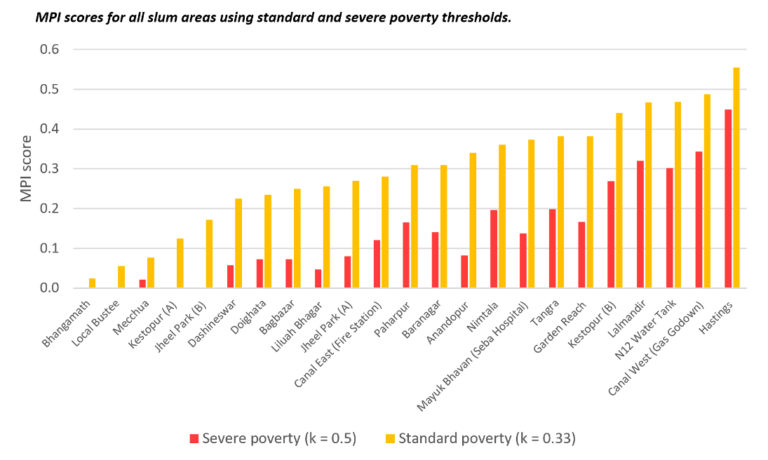
The poorest slum areas were Hastings, Canal West Gas Godown, Number 12 Water Tank and Lalmandir. The least poor slums surveyed were Mecchua, Bhangamath, Local Bustee.
For ‘severe’ poverty, the difference between the poorest and the least poor slums was even greater; while no households at Bhangamath, Local Bustee, Kestopur A or Jheel Park B met the threshold for severe poverty, 71% of households at Hastings and 56% at Canal West Gas Godown were deemed severely poor.
On average, Muslim households were found to be 50% poorer than Hindu households.
Health
While there was generally a lower degree of variation between health indicators across slum areas, specific sub-indicators did identify some key areas of interest:
Vaccinations: One quarter of households with young children were behind on their vaccinations. This was particularly evident in Nimtala (42%), Tangra (60%) and Lalmandir (62%).
Obesity: We found surprisingly high levels of obesity. We mostly measured women aged between 18 and 45 years old. We found that 30% of all respondents were obese (according to the South-Asian adjusted BMI threshold – 25). Local Bustee (47%), Jheel Park A (47%) and Bhangamath (48%) had the highest obesity rates.
Antenatal care: 56% of all women who had had a child in the last 5 years had not seen a medical professional within the first 3 months of their pregnancy; this figure is over 75% at the most deprived slum areas. Using this information, we can infer that at least half of mothers fail to meet the old WHO guidelines of 4 meetings with a medical professional prior to birth, and most would fail to make the now recommended 8.
Health knowledge: Deprivation in knowledge of modern contraception (43%), of endemic diseases (65%) and of hygiene practices (51%) was generally very high.
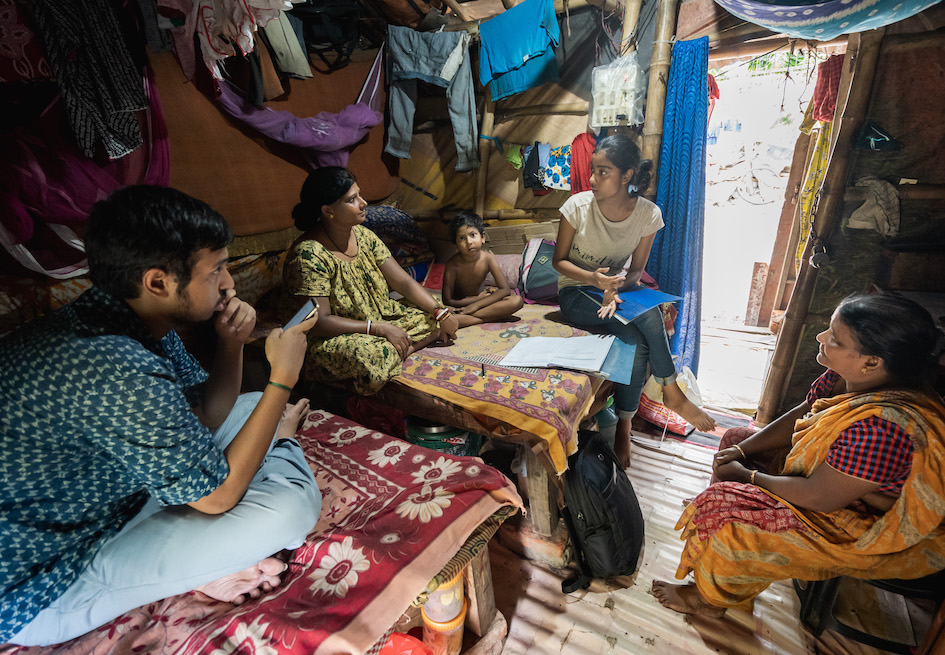
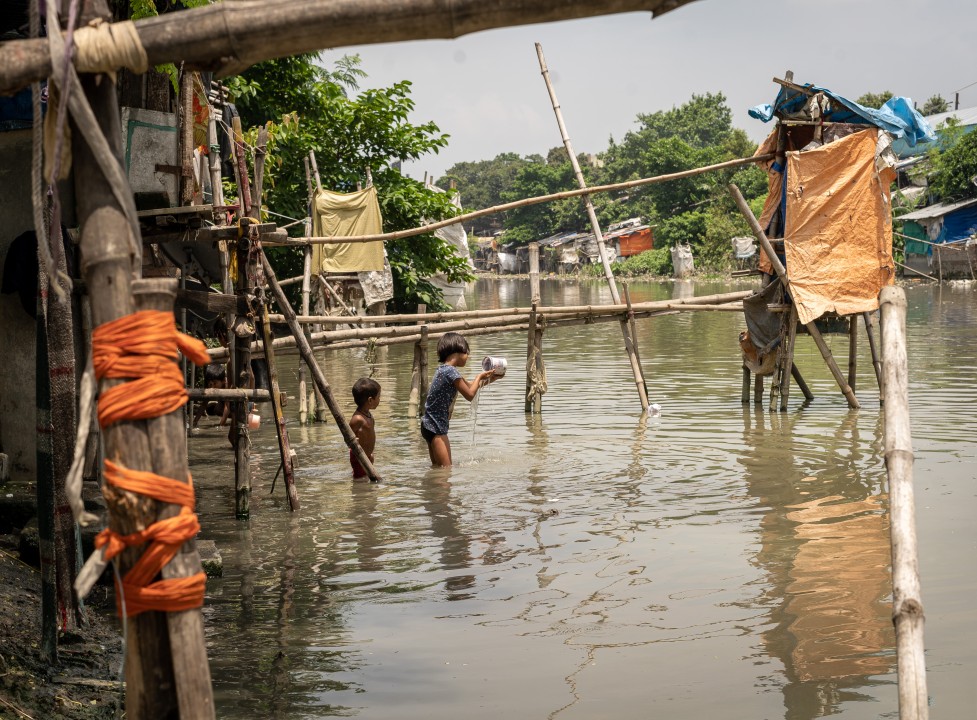
Education & child labour
Levels of education in each slum area varied considerably, allowing us to point out areas of priority.
Hastings (56%), Lalmandir (48%), Canal West Gas Godown (35%) and Mayuk Bhavan (35%) experience highest levels of deprivation for children’s education (at least one child between the age of 4 and 16 not attending school). These areas also performed most poorly for adult education, where 88%, 83%, 77% and 76% of households, respectively, did not have at least one adult who had been to school for 8 years.
Child labour is rare in most slum areas, and far from as prevalent as non-attendance of school in all areas. Tangra (20%) and Canal West Gas Godown (18%) reported the highest proportion of households in whom a child under the age of 14 engaged in paid work.
Standard Of Living
In all of the standard of living indicators there is considerable variation between slum areas, though for some indicators (e.g. water access and electricity access) only a few slums are majority deprived, while for other indicators most households in most slum areas are deprived (e.g. housing materials and living security).
Water access: Access is generally good – 4/5 households reported being able to get water within 30 minutes from a source available for over 2 hours per day. However, several slums including Number 12 Water Tank (62%), Bharanagar (52%), Kestopur B (50%), and Canal West Gas Godown (44%) had significant deprivation in water access.
Sanitation: Slum areas tended to either be mostly deprived or mostly non-deprived for this indicator. Canal West Gas Godown, Canal East Fire Station, Kestopur B, Hastings, Anandopur and Bagbazar all see almost all households not using even ‘limited’ (improved but shared by multiple households) sanitation facilities.
Cooking fuels: 50% of households reported cooking with wood the majority of the time. In Canal West Gas Godown, Canal East Fire Station, Hastings, Garden Reach and Kestopur B, over 80% of households reported using wood the majority of the time.
Electricity: 70% of households reportedly had access to reasonable quality electricity, albeit obtained illegally in most cases. Some slums did near universally have no electricity access however: Number 12 Water Tank (80%), Mayuk Bhavan (94%), Kestopur B (95%) and Hastings (89%).
Living security: Nearly all households in all slum areas fear eviction, which is unsurprising given the precarity of their legal status and physical locations. Far lower rates of fear of eviction are seen at Local Bustee (31%) and Mecchua (21%)– both are registered slum areas in which the majority of households (88% and 93%, respectively) rent their homes.
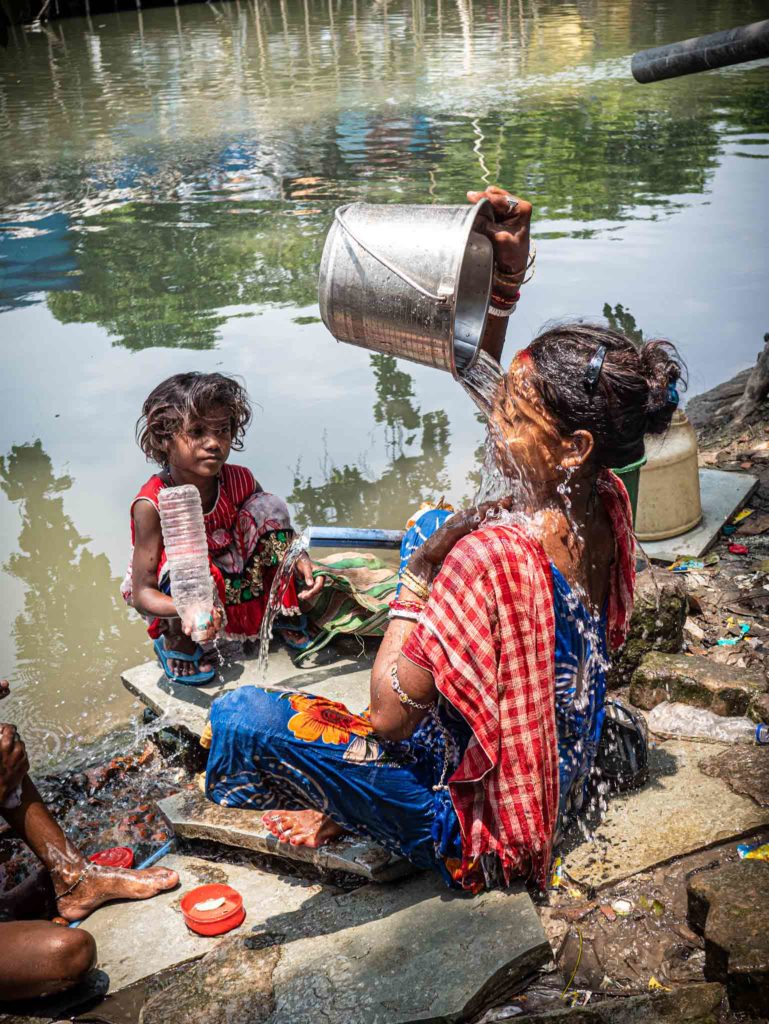
Universities Involved in the Study
- Jadavpur University
- Presidency University Kolkata
- St Xavier’s College Kolkata
- Calcutta University
- Symbiosis School of Economics
- Indian Institute of Science, Bangalore
- BITS Pilani
- Amity University Kolkata
- Adamas University
- Rabindra Bharati University
- South Asian University, New Delhi
- Indira Gandhi National Open University.
Research Leads
Maurice
BA Human Sciences at University of Oxford
Ezra & Jasmijn
Both psychology graduates of Tilburg University. Ezra is still studying for her Masters there, Jasmijn is now studying a Masters at Utrecht University.
Eleo
MA Social Research & BA English at University of Leeds